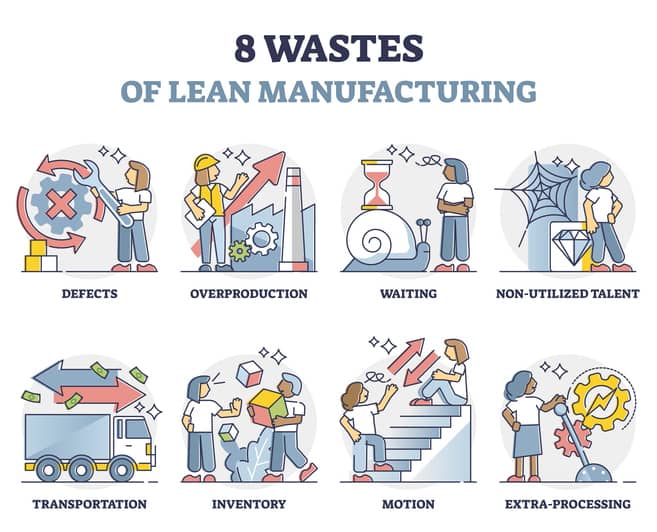Like every industry, railroads are working to make operations more efficient by integrating cutting-edge technology and making more data-driven decisions. Doing so requires merging systems that never worked together before. Lean Six Sigma might provide the key to unlocking this new area of innovation.
The use of Lean supports the implementation of Industry 4.0 into the railway system. That includes the use of automation and data exchange in processes and technologies that include the Internet of Things, cloud computing, and artificial intelligence for implementation.
In an article about the issue in Railway Age, industry consultant Sonia Bot argues that Lean can make the shift to Industry 4.0 smoother for the railroad industry. This “transformational endeavor can be reliably achieved through the collective use of Lean Six Sigma, innovation, entrepreneurship, and digital transformation practices,” she wrote.
It’s another way that Lean Six Sigma can work in the transportation industry, where it’s already had success with supply chains and trucking companies.
Operational Technology and Informational Technology
Bringing railroads into the digital age requires merging operational technologies (OT) with informational technologies (IT). That is not a simple proposition, however. Both have been around since the 1970s. But they operate independently, typically on different networks.
OT deals with computing and communication systems to monitor, manage and control the operations of a railroad, with a focus on physical devices and operating processes. IT focuses on business support and uses software to collect, analyze and generate insights from data.
To become more efficient and fully leverage the potential of the digital tools, OT and IT must converge and “enhance the value these systems deliver,” according to Railway Age. For example, the data from OT systems can give IT more data to generate more accurate insights. IT systems can also provide feedback on OT data that can improve the management of physical operations.
Putting Lean Six Sigma Into Play
Bot, chief executive of The BOT Consulting Group Inc., wrote that Lean Six Sigma, used in tandem with digital tools, entrepreneurship, and innovation, can guide the railroad industry in making changes. “These practices fully support the dual nature of improving operational effectiveness and positioning the business to become something it has not ever been before so that it can outperform,” Bot wrote.
At its core, Bot writes, Lean focuses on customers both external and internal. In this case, OT and IT are each other’s customers. By encouraging each area to focus on what they can do to improve the other, they can achieve an end-to-end value stream and incorporate feedback from top executives down to those working on the ground.
She also notes that Lean also works well when applied to transformations, business design, process design, and product/services design. She specifically mentions the use of Lean and Six Sigma tools such as Kaizen and DMAIC.
Other transportation industry companies have already put Lean tools to use. For example, trucking companies have employed techniques such as The Five Whys and PDCA to improve operations.
The data-driven core of Lean also works well in situations such as those faced by the railroad industry. Every decision in Lean is based on what the data says, not on emotions, trends, or gut instinct. Bot notes that Amazon uses Lean because, for them, “data isn’t just a means to improve the customer experience, it’s a way of life.”
That same approach can improve operations in the railway industry, providing another example of Lean working well for the transportation industry.



